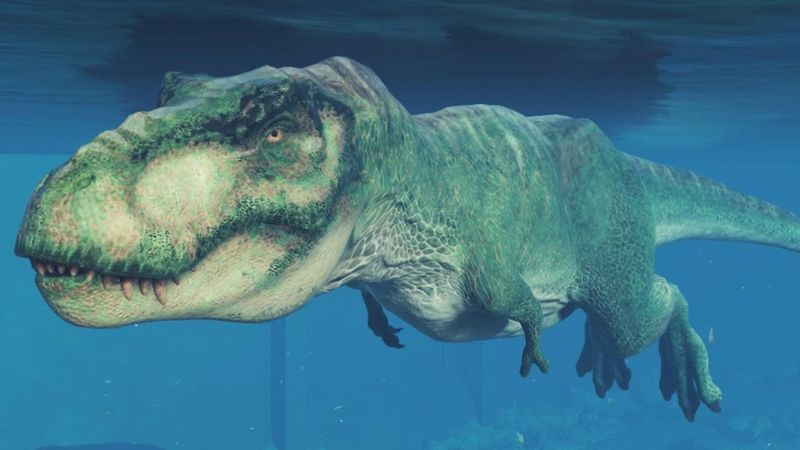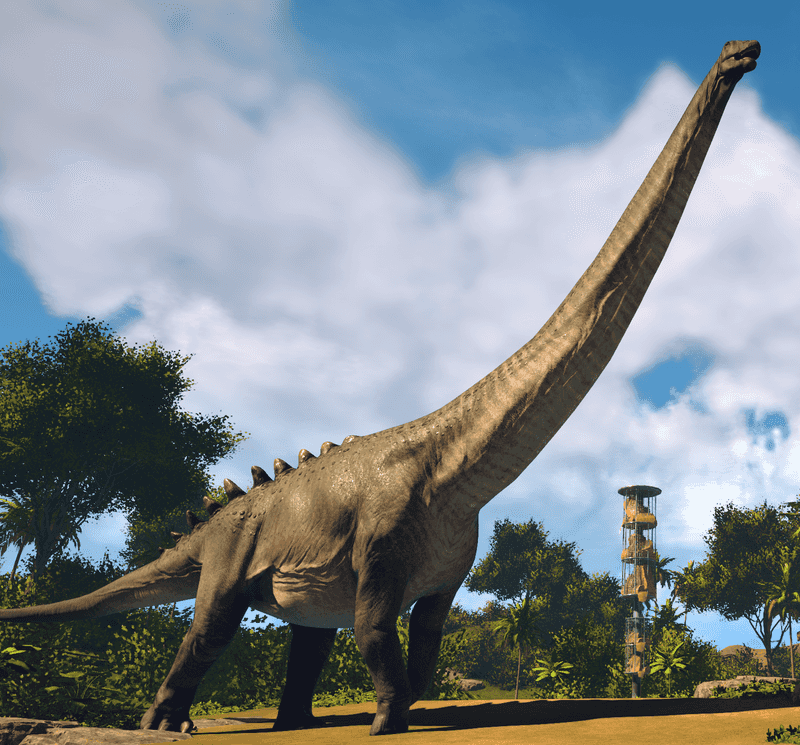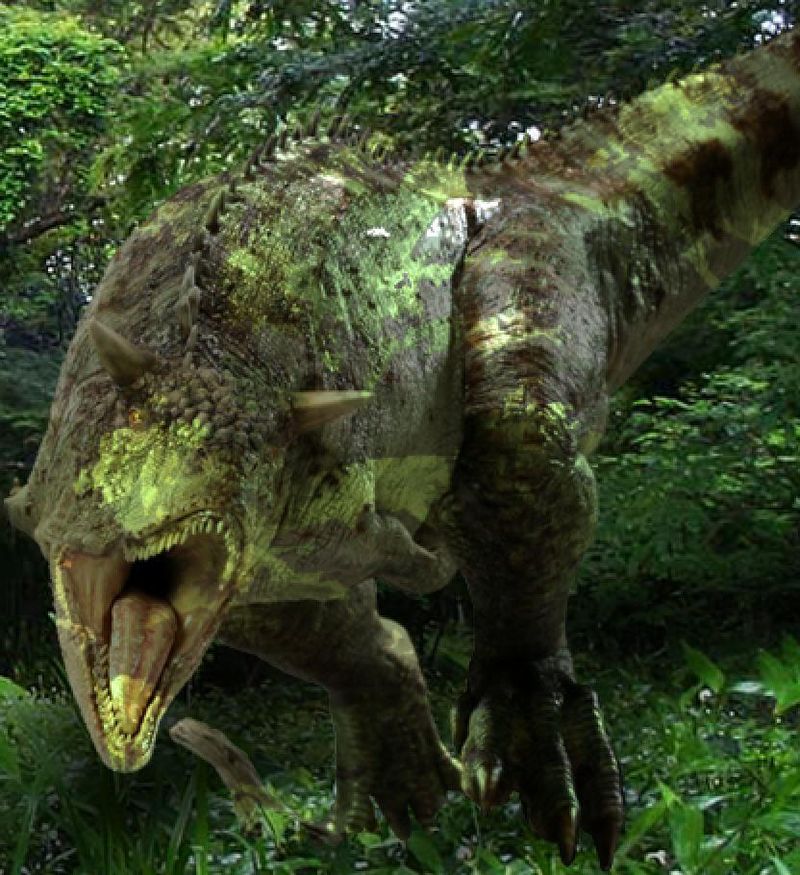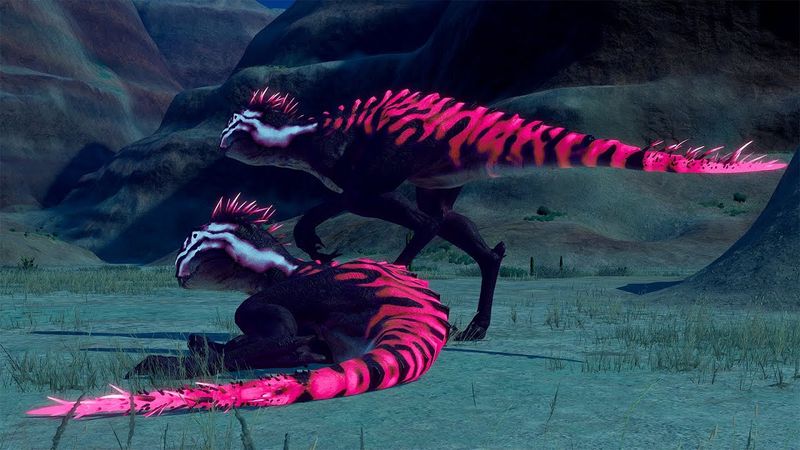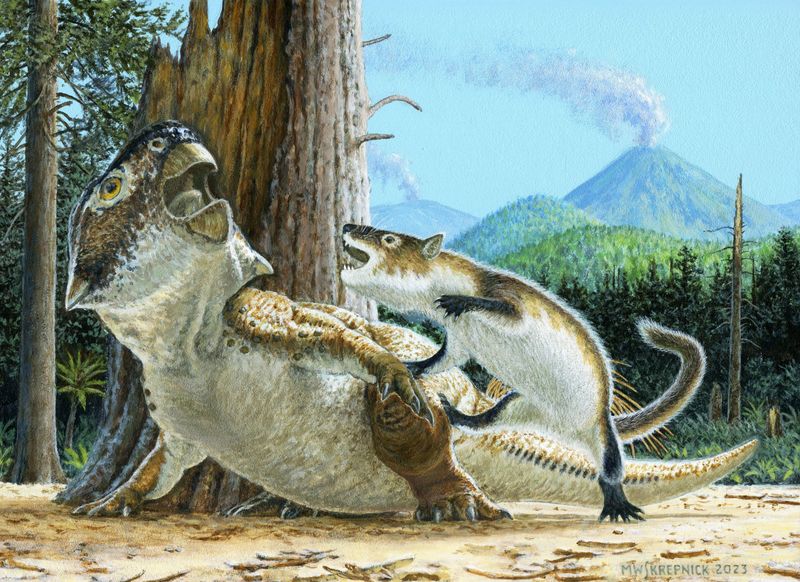The extinction of dinosaurs remains one of the greatest mysteries of our planet. What if the meteor missed Earth, and dinosaurs continued to roam and evolve?
The possibilities of their evolutionary paths are as vast as they are fascinating. Here, we explore ten mind-blowing ways dinosaurs might have evolved if they had never faced extinction.
1. Intelligent Dinosaurs – “Dinosauroids”
With a brain size that rivals some mammals, Troodon could have taken a surprising turn towards intelligence. These dinosauroids might have developed complex social structures, delving into sciences with impressive cognitive abilities. They might have donned lab coats, conducting experiments.
Their society could have been marked by cultural advancements akin to early human civilizations. Using their keen intellect, they might have created tools, art, and even language. This intellectual evolution could have paved the way for a world where dinosaur scientists roamed laboratories, revolutionizing technology and culture.
2. Feathered Flyers Taking Over the Skies
In a world where feathered raptors and pterosaurs outcompeted birds, the skies might have become their domain. These aerial giants could have developed advanced hunting strategies, soaring with unparalleled grace above the clouds.
Their vibrant feathers could have served as both camouflage and communication tools within complex social groups. These sky dwellers might have formed elaborate communities, showcasing intricate behaviors and societal norms. Their evolution would paint the heavens with a tapestry of colors and patterns.
3. Aquatic Dinosaurs – The Rise of “Sea Rex”
Spinosaurus, with its semi-aquatic lifestyle, could have led the charge into the oceans. These marine dinosaurs might have evolved into larger, more streamlined predators, mastering the depths like today’s whales.
Their physical adaptations could include powerful tails and sleek bodies perfect for swift swimming. As the ocean’s apex predators, they might have developed sophisticated hunting techniques, preying on a variety of marine creatures. The seas would be their kingdom, with no challenge too great to conquer.
4. Herbivore Titans Rule the World
Massive sauropods like Argentinosaurus might have become the guardians of the land. As herbivores, they could have developed formidable defenses, including armor-like skin, to protect against predators.
Their social structures might have evolved, with intricate herd dynamics fostering community and cooperation. These giants, towering above the landscape, could have wielded tool-like trunks, allowing them to manipulate their environment. In a world without extinction, they would be the gentle rulers of the plant kingdom, nurturing the earth with their presence.
5. Camouflage Masters
With predator-prey dynamics in play, dinosaurs might have taken camouflage to an art form. Their skin, capable of shifting colors and patterns, could rival an octopus’s mastery of disguise.
This adaptation would have made them elusive, seamlessly merging with their environment to avoid predators or surprise prey. Such sophisticated camouflage mechanisms would not only ensure survival but also allow for creative mating displays. The forest would become a canvas for their vibrant and ever-changing hues.
6. Desert Raptors and Snow-Tundra Carnivores
As Earth’s climate shifted, dinosaurs would have adapted to extreme environments. In snowy tundras, carnivorous dinosaurs might have evolved thick feathers for warmth and stealth. Their keen senses would guide them in harsh landscapes, hunting with precision.
In arid deserts, heat-resistant adaptations could have equipped them to endure the sun’s relentless glare. Their evolution shows resilience, embodying nature’s unyielding spirit. These specialized creatures could thrive where few dared to tread, exploring Earth’s most challenging habitats with determination.
7. Bio-Luminescent Night Hunters
In the moonlit world, bioluminescent dinosaurs could have roamed. Their glowing skin would transform night into an enigmatic hunting ground. These night hunters might have developed unique tactics, using their light to disorient prey or communicate within packs.
Their luminescence could attract mates, turning darkness into a stage for their dazzling displays. This adaptation would redefine nocturnal life, casting a mystical glow over their forested realm. Their existence would exemplify nature’s ingenuity, illuminating the night with their brilliance.
8. Tiny Urban Dinosaurs
As urbanization spread, dinosaurs might have shrunk to adapt. These tiny urban dinosaurs, agile and clever, could thrive alongside humans. They’d scavenge for food, making homes in unexpected places, just like modern urban wildlife.
Their interactions could range from cautious observation to playful curiosity, weaving themselves into the human tapestry. These miniature marvels would redefine coexistence, illustrating adaptability amidst change. As cities grew, they’d demonstrate that even the most ancient creatures could embrace the future.
9. The Mammal vs. Dinosaur Battle for Dominance
In a world where dinosaurs never went extinct, mammals might have remained in their shadow. Intelligent dinosaurs would challenge them for ecological dominance. Their presence would keep mammal populations in check, preventing large-scale mammalian evolution.
The competition for resources could fuel innovation, driving both groups to adapt in fascinating ways. This ancient rivalry would shape Earth’s history, creating a balanced ecosystem where dinosaurs maintained their reign. The evolutionary arms race between them would showcase nature’s unending quest for balance.



